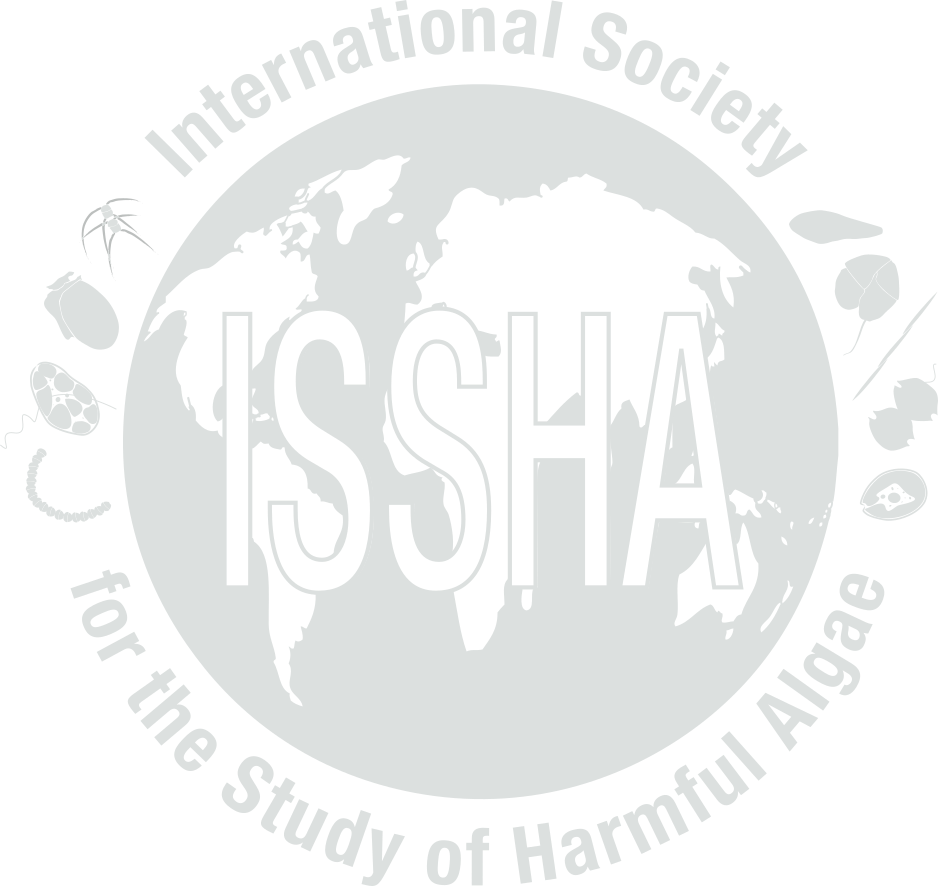


| Event name: | US-04-005 | |
| Country: | UNITED STATES | |
|
Nature of the harmful event: |
High Phyto concentration , Seafood toxins | |
|
Event directly affected: |
Shellfish | |
| Toxicity detected: | No | |
| Associated syndrome: | ||
| Unexplained toxicity: | No | |
| Species implicated in toxin transmission (transvector): | ||
| Report the outcome of a monitoring programme: | Yes (California Department of Health Services Marine Biotoxin Monitoring Program) | |
| Event occurred before in this location: | Yes (Past massive red tides of this organism observed in San Luis Obispo and Monterey Bay in 1997.) | |
| Individuals to contact: | LANGLOIS, Gregg | |
| Location: | Latitude: , Longitude: | |
| General location information: |
California, Central Coast HAB Area code(s): US-20 |
|
| Additional location information: | 1. San Luis Obispo County (20): North of Pt. Conception, encompasses Pismo Beach northward to Morro Bay and San Simeon.2. Santa Cruz and Monterey County (21): shoreline of Monterey Bay. | |
| Bloom event dates (yyyy/mm/dd): | ||
| Quarantine levels dates (yyyy/mm/dd): | ||
| Additional date-related information: | March-July 1. San Luis Obispo County: Observed July through December. Peak relative abundance observed at Pismo Beach periodically from August through October. 2. Santa Cruz/Monterey Counties: red tides occurred in different locations July through September; cells present through December. Peak relative abundance in late July. | |
| Causative organism known: | Yes | |
| Causative Species/Genus: |
Cochlodinium catenatum
( cells/L)
|
|
| Co-Ocurring Species/Genus: | ||
| Chlorophyll concentration, if known: | µg/l | |
| Additional bloom information: | Lower number of cells observed southward at sites through Los Angeles County and northward through Marin County. Dense blooms associated with noxious odors and co-occurred with mass mussel mortalities on pier pilings. Very high percentage of mortality in | |
| Event-related bibliography: | Monthly/Annual reports issued by CDHS Marine Biotoxin Monitoring Program | |
|
||||||||||||||||||||||||||
| Nutrient information: | ||||||||||||||||||||||||||
| Temperature Range During Event: | Max: °C, Min: °C | |||||||||||||||||||||||||
| Salinity Range During Event: | ||||||||||||||||||||||||||
| Bloom location in the water column: | ||||||||||||||||||||||||||
| Growth: | ||||||||||||||||||||||||||
| Growth Comments | ||||||||||||||||||||||||||
| Additional Environmental information: | ||||||||||||||||||||||||||
|
|||||||
| Kit used: No | Type of kit used: | ||||||
| Additional information: | |||||||
| Economic losses: | |||||||
| Management decision: | |||||||
| Additional harmful effect information: | Complaints of noxious odor associated with nearshore bloom of Cochlodinium catenatum. | ||||||
